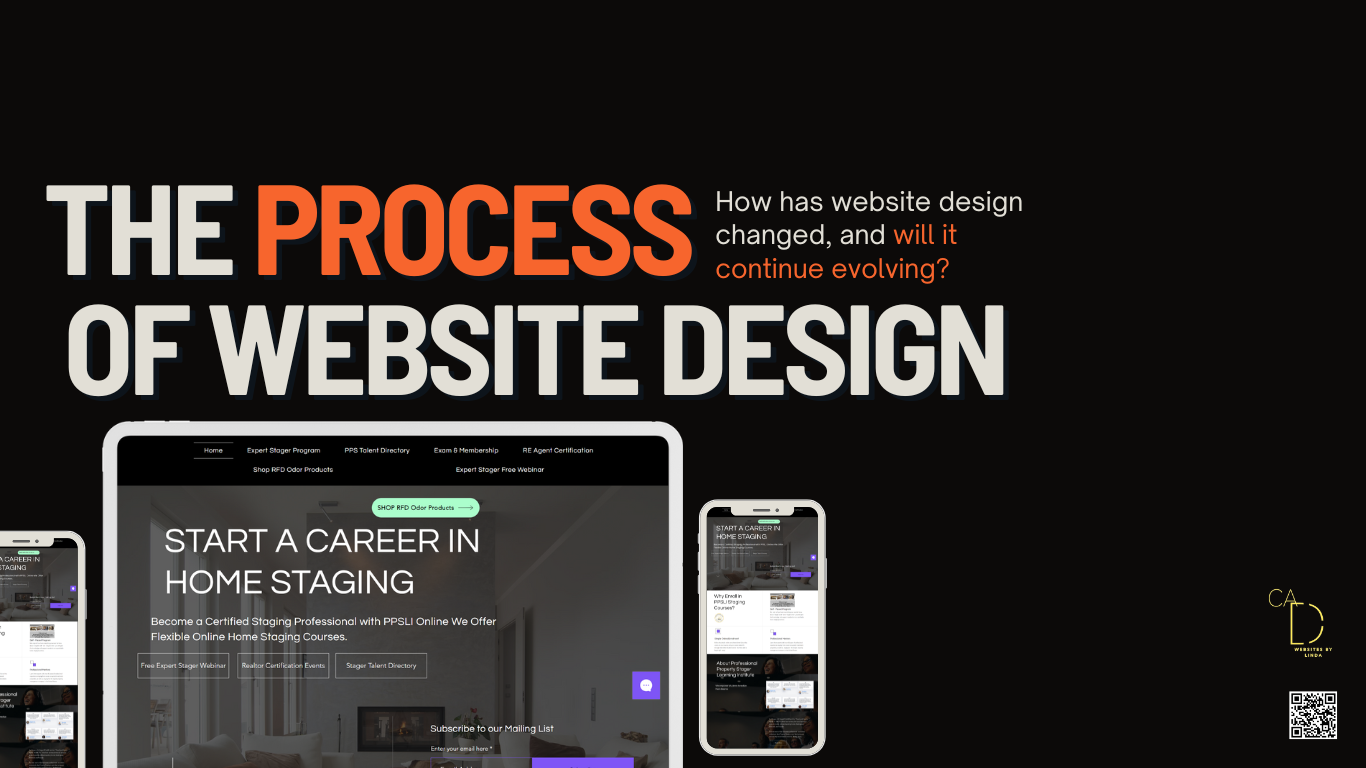

Multi-Language Design: Addresses global markets with culturally and linguistically adapted content.
Responsive Design: Adapts to a range of smart devices, using fluid layouts and flexible images.
Interactive and Dynamic UI Elements: Incorporating interactive and dynamic UI elements that respond to user interactions, providing feedback and enhancing engagement.
Interactive Timelines: Develop an interactive timeline that users can scroll through to observe the evolution from web design to web development, with pop-up information or mini-games related to each era or technology.
E-Commerce Design Trends: Focus on intuitive, secure, personalized shopping experiences, including responsive design for mobile devices.
Built-in Features and SEO Optimization: Many templates come with built-in features such as social media integration, contact forms, and SEO optimization tools. This can be a boon for users who lack the expertise to implement these features independently.
Cross-Device Continuity in User Experience: Ensuring cross-device continuity in user experience, allowing users to seamlessly transition activities across devices.
E-commerce Integration: In another section, a stylized shopping cart filled with various digital icons (representing products) flows seamlessly into the design, illustrating the integration of e-commerce elements in web design.
Cross-Cultural Design Strategies: Developing web designs that resonate across different cultures, considering linguistic, aesthetic, and usability variations to cater to a global audience.
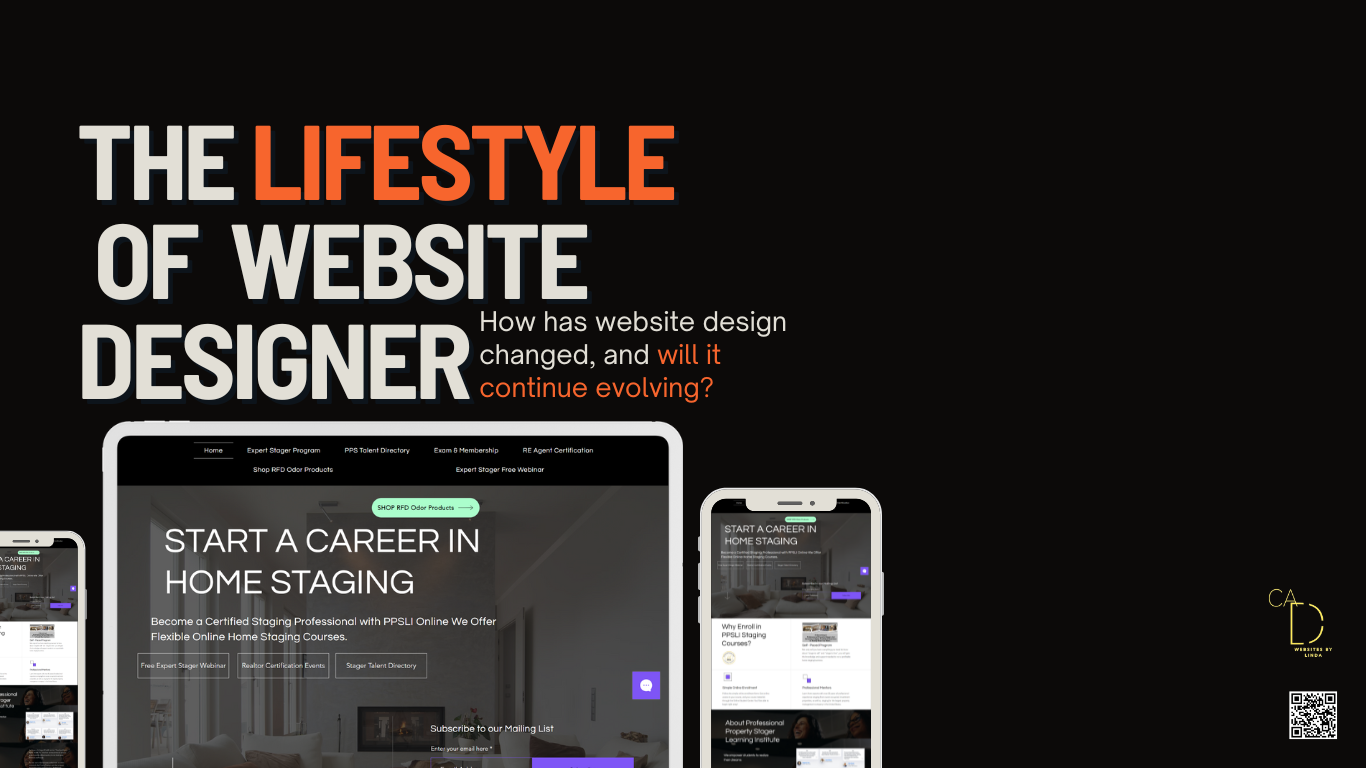
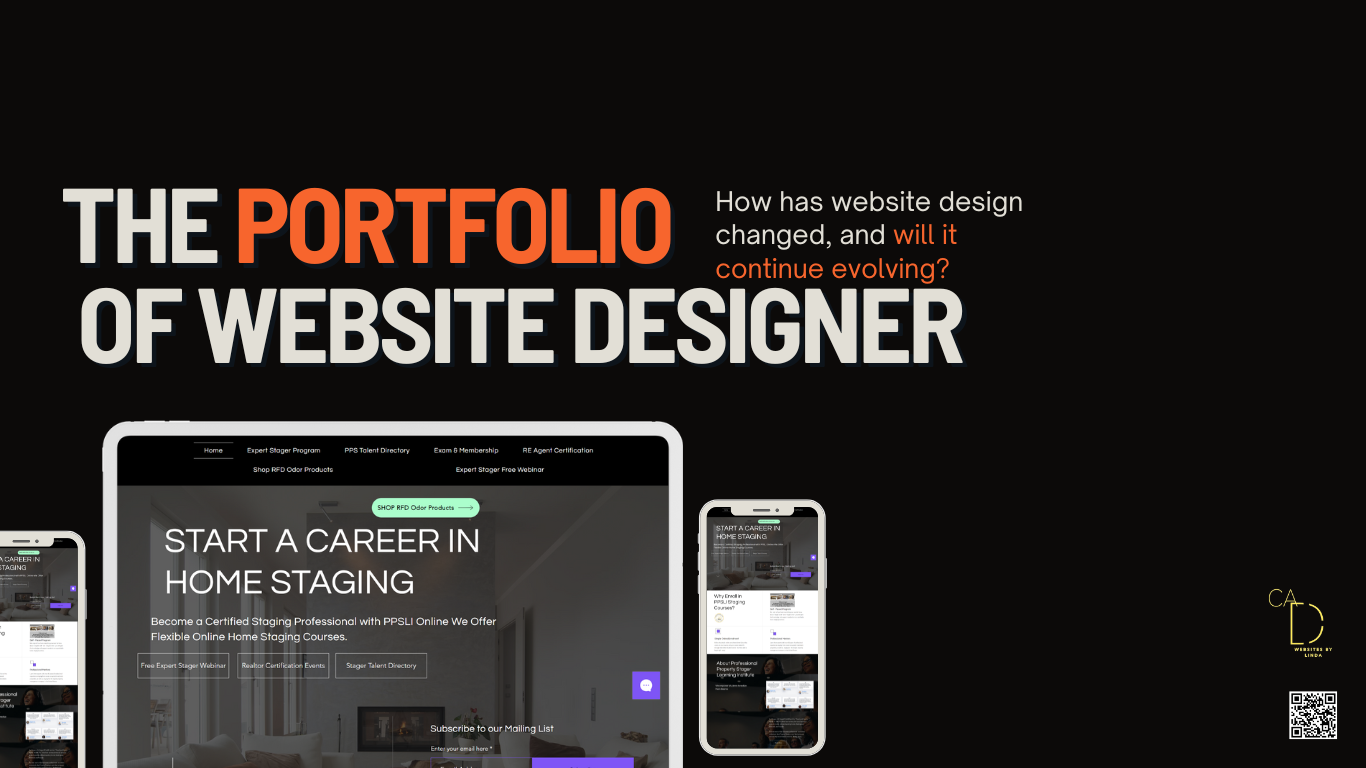
Custom User Experiences: Tailoring web design to individual user needs and preferences, enhancing engagement and satisfaction.
Natural Language Processing (NLP) in Web Interfaces: Utilizing NLP to improve the effectiveness of search functions and chatbots, offering more natural and intuitive user interactions.
Dark and Light Mode User Preferences: Providing users with the choice between dark and light mode, catering to diverse preferences and contexts.
Design for Emotional Intelligence: Integrating emotional intelligence in design, recognizing and responding to users' emotional states for a more empathetic and engaging experience.
A "Business Needs Space" highlighting various industry-specific website designs.
Designing for User Trust and Credibility: Building user trust and credibility through design, with transparent information, professional aesthetics, and clear, honest messaging.
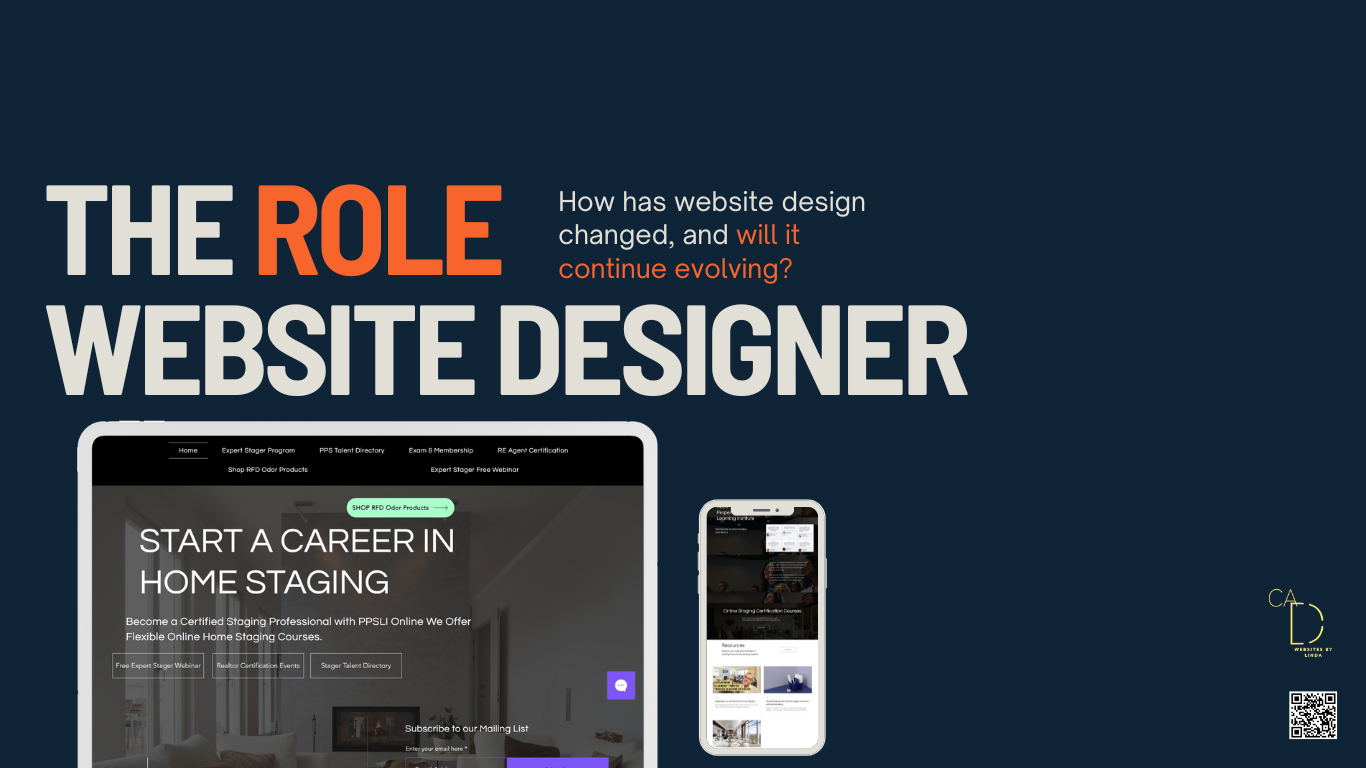

Logo and Branding Integration: Intertwined within the artwork, a few abstract logos blend with the design, symbolizing the integration of logo and branding in website design.
Data Visualization: Presents complex data in engaging, interactive formats.
Top of Form
One-Page Websites: Popular for simplicity and streamlined user experience, suitable for focused messages or limited content.
Responsive Typography: Adapts typefaces and text layouts to different screen sizes and resolutions, maintaining readability and aesthetic appeal across devices.
Web Design and Content Strategy: Advocates for a content-first approach, fostering collaboration between designers and content creators for cohesive web experiences.
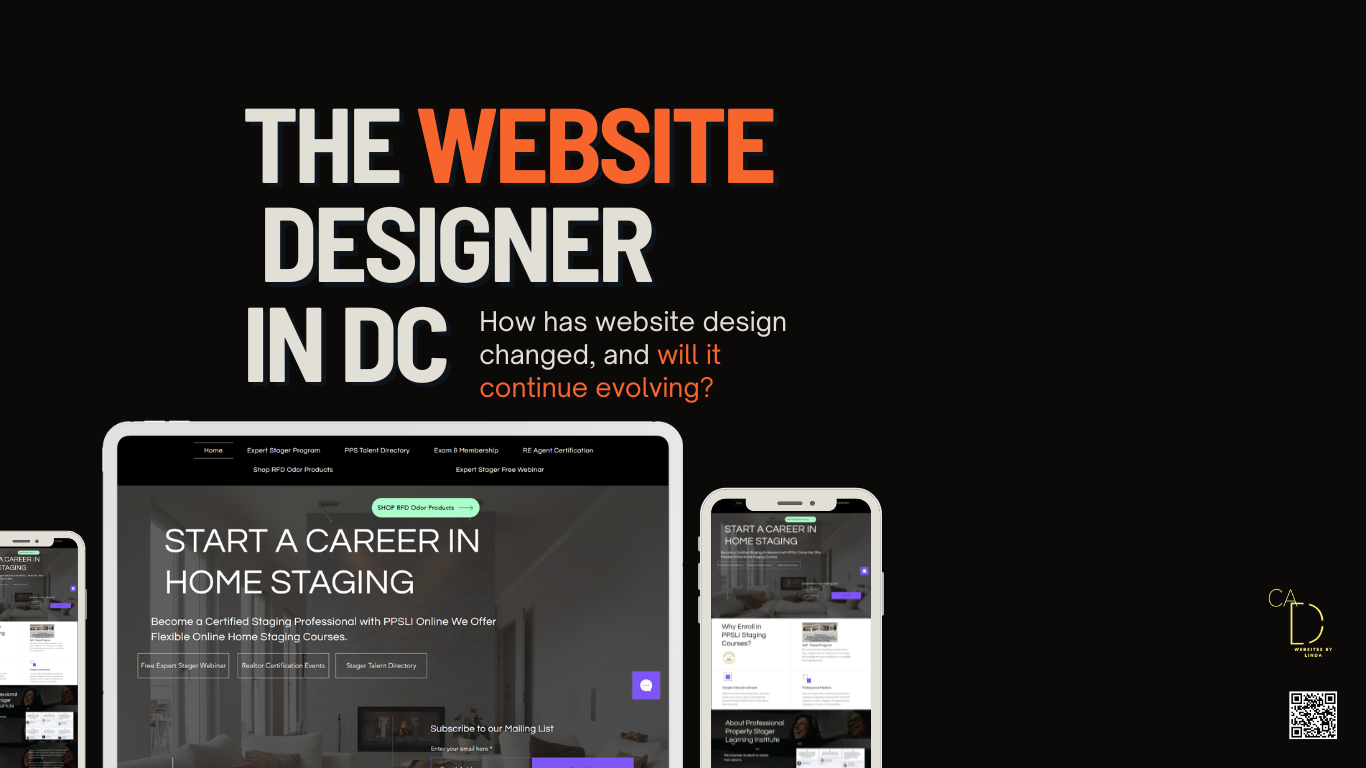
Hourly Rate Reasonably skilled freelance web designers make about $75 per hour. This figure can vary, though, according to CSS-Tricks. Website Builder Expert estimates that the cost to design a website is $30 to $80 per hour, while the cost to actually develop the website is $100 to $180 per hour.
A web designer creates the layout and design of a website. In simple terms, a website designer makes a site look good. They use design programmes to create visual elements and usually have expertise in user interface (UI), which means they strategically design a site that's intuitive and easy for visitors to navigate.
Google Web Designer is a free software tool available for download on both Windows and Mac computers. It does not have any subscription plans or pricing tiers, and users can access all of its features and functionality at no cost.